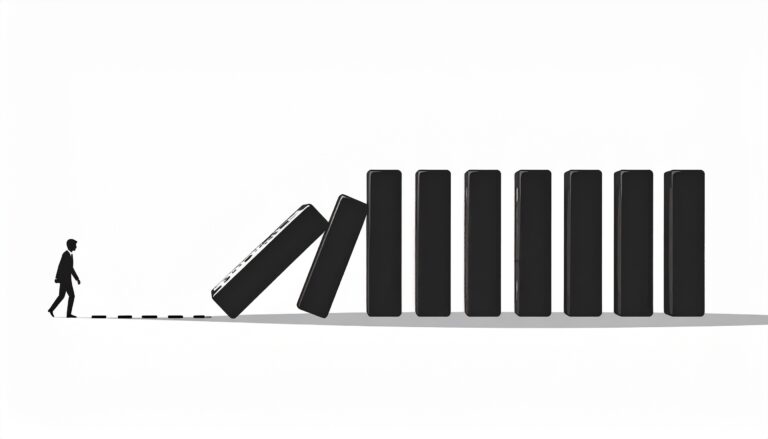RIT brings national green chemistry leaders together to “Bridge the Gap” between innovation and education
The Breakdown
Rochester Institute of Technology is convening a strategic national event focused on embedding green chemistry principles into education and industry. With participation from academic leaders, regulatory influencers, and commercial organizations, this initiative aims to accelerate the transformation of chemical design and application—linking sustainability objectives directly into the talent pipeline and the broader specialty chemical value chain.
Analyst View
A convergence in market forces is challenging the specialty chemicals and polymers sector to redefine its approach to sustainable innovation. The alliance of academic, industry, and regulatory voices at RIT underscores a market-wide expectation: sustainable chemistry is not a niche, but a coming standard. With progressive frameworks like the Green Chemistry Commitment gaining adoption, organizations failing to integrate green chemistry principles face mounting risks of competitive irrelevance and regulatory lag.
Demand dynamics are visibly shifting as future generations of talent are educated with a sustainability-first mindset. This shift catalyzes greater market pull for safer, more responsible materials and enables a differentiated go-to-market proposition for businesses already embracing these values. At the same time, innovation cycles are being compressed—regulatory requirements, customer specifications, and internal ESG mandates tighten the operative window for legacy processes and products.
Industry leadership now requires proactive capability-building: not simply reacting to external pressures, but shaping the technical and cultural infrastructure needed for enduring growth. The ability to “bridge the gap” means greater agility in value chain orchestration, readiness for evolving compliance regimes, and the cultivation of market receptivity for next-generation chemistries.
Navigating the Signals
Executives should view rising momentum in green chemistry education and adoption as a fulcrum for transformation—one that will test the adaptability of their organizations and their extended networks. This trend signals coming shifts in customer requirements, procurement criteria, and collaboration models—especially as partners, clients, and regulators converge on more stringent, science-based expectations for environmental performance.
Key internal questions for leadership:
- Is our workforce pipeline attuned to evolving sustainability standards, both technically and culturally?
- Are our R&D and product development roadmaps aligned with emerging frameworks and anticipated regulatory shifts?
- Where do we stand relative to industry peers on green chemistry commitments and transparent metrics?
- How prepared are our commercial teams to communicate differentiated value around sustainable chemistry?
The time to invest in foundational knowledge transfer, ecosystem partnerships, and agile operating models is now, before market leaders set new norms.
What’s Next?
Breakthrough Marketing Technology partners with specialty chemical and polymer leaders to convert uncertainty into advantage as sustainability reshapes the competitive landscape. Guided by robust market intelligence, we enable clients to:
- Anticipate shifting stakeholder expectations across your value chain—before they disrupt growth.
- Quantify opportunity and risk related to upcoming regulatory, talent, and market transformations.
- Facilitate cross-functional readiness—from technical teams to commercial functions—to embed sustainable innovation as a core advantage.
- Activate stakeholder engagement strategies that ensure new value propositions resonate and endure.
With deep analytics and proven frameworks, we help organizations move from reactive compliance to purposeful leadership in tomorrow’s specialty chemicals and polymers markets.
Source
Understand Your Risk. Seize Your Opportunity.
Take the Breakthrough Market Uncertainty Assessment Guide to pinpoint what’s holding your growth back, and what can accelerate it.


